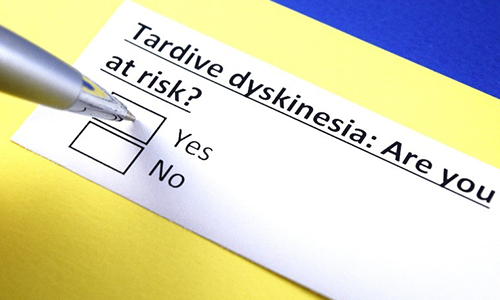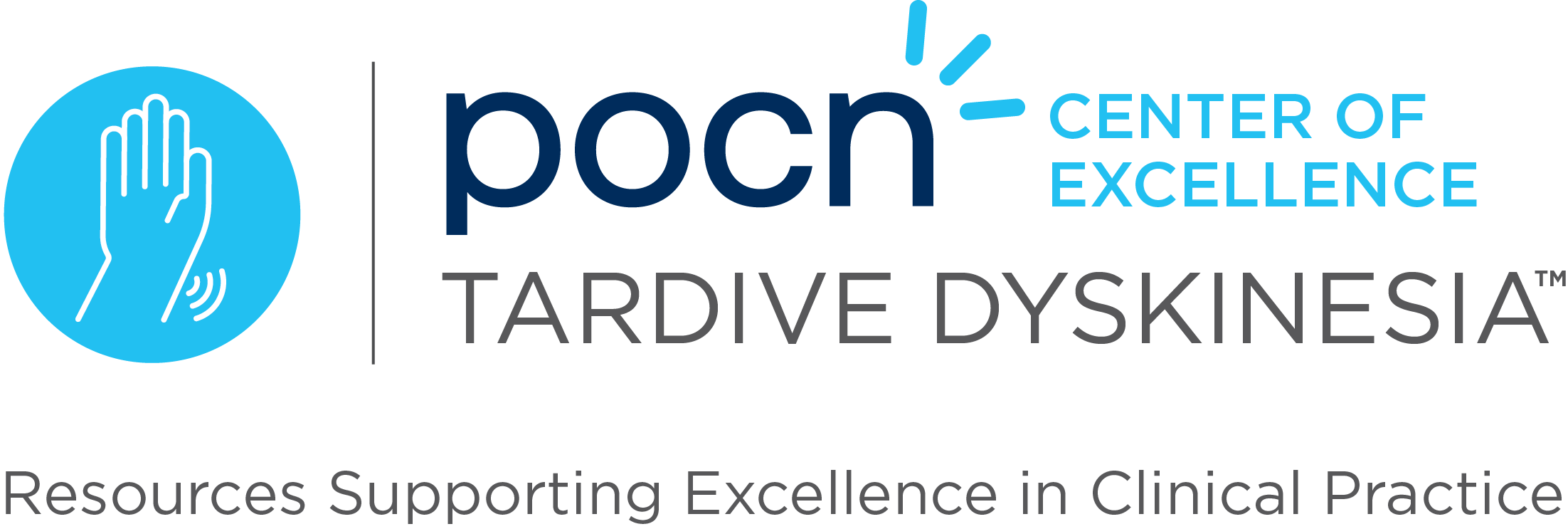Information on Tardive Dyskinesia

UpToDate provides information on the prevention, treatment, and prognosis of tardive dyskinesia (TD). The disorder is linked to the use of dopamine receptor-blocking therapies that include first- and second-generation antipsychotics. TD commonly presents as spontaneous mouth and tongue movements. A less common feature of TD is dystonia of areas including the neck. TD has a negative impact on quality of life and psychologic wellbeing, as it may be irreversible and lifelong. Discontinuing the therapy that is causing TD is the best chance for a patient to recover.
Recognizing the Differences Between Tardive Dyskinesia and Drug-Induced Parkinsonism

Researchers conducted a literature review to locate articles on drug-induced parkinsonism (DIP) and tardive dyskinesia (TD) that related to the presentation, pathophysiology, epidemiology, and management of the disorders to note key differences between them. The presentation of DIP is often bradykinesia and rigidity, including rhythmic tremor, with the most cases seen within hours to weeks after the initiation of treatment with an antipsychotic or increase in dosage of an antipsychotic. The presentation of TD is often delayed, showing signs after at least 3 months or more of treatment with involuntary and abnormal facial movements. DIP can be resolved after discontinuing the therapy that caused it, but TD can be permanent. It is crucial for clinicians to be able to identify DIP and TD in those taking antipsychotics so that they are able to select the correct treatment and lessen adverse effects, improving patient quality of life.
The Complex Spectrum of Tardive Dyskinesia

In a continuing medical education program presented at Psych Congress Regionals 2021, faculty presented on a wide range of topics in tardive dyskinesia (TD). The goals of the presentation were to describe the effect of TD on patient outcomes, barriers to care, and note the prevalence of TD in those who are taking antipsychotic medication. In addition to this, faculty reviewed updated recommendations and screening strategies for better recognition of TD as well as guideline recommendations outlining treatment and best practices.
Drugs That Cause Tardive Dyskinesia

Tardive dyskinesia (TD) is mainly caused by the prolonged use of antipsychotic therapies. There are newer atypical antipsychotic therapies that are only sometimes linked to TD that include olanzapine, quetiapine, risperidone, paliperidone, and amisulpride. Other drugs that may cause TD include metoclopramide, antihistamines, fluoxetine, and amoxapine. When a patient is diagnosed with TD, treatment may include a reevaluation and adjustment of medications. There are available treatments to aid in counteracting the symptoms of TD. Those with schizophrenia, developmental disabilities, and other neuropsychiatric disorders may be more susceptible to TD if they are prescribed dopamine-receptor blocking therapies.
Insights on Identifying and Managing Tardive Dyskinesia

In a Case-Based Psych Perspectives from Psychiatric Times, Leslie L. Citrome, MD, MPH, a psychiatry specialist, and Rose Mary Xavier, PhD, MS, RN, PMHNP-BC, a research scientist and psychiatric nurse practitioner, shared their clinical experiences and perspectives on the recognition, diagnosis, and management of tardive dyskinesia (TD). In recognizing symptoms, family members or case managers frequently report symptoms that include facial grimacing, random tongue protrusion, and shoulder shrugging. It was noted that patients with schizophrenia can become aware of these movements, and it may cause greater amounts of anxiety, paranoia, and social isolation, emphasizing that it is crucial to recognize the level of distress patients face from TD.
The “gold standard” for diagnosing TD is the Abnormal Involuntary Movement Scale, which helps to differentiate symptoms of TD from drug-induced parkinsonism and other drug-induced movement disorders. Treatment guidelines from the American Psychiatric Association advises the use of VMAT2 inhibitors for the treatment of moderate-to-severe TD. The experts concluded that a diagnosis of TD should be centered around a formal and structured evaluation of abnormal movements, and treatment should be based on how the symptoms are impacting the patient.
Facts About Tardive Dyskinesia

Understanding the facts about tardive dyskinesia (TD) can help to gain a better understanding of the prevalence, risk, and impact on a patient’s quality of life to aid in improving treatment and overall outcomes. The prevalence rate of TD is 20% to 30%, with an annual cumulative incidence of approximately 4% to 5%. In people older than 45 years of age, the annual incidence of TD is 15% to 30% following 1 year of treatment, and the prevalence rate is approximately 50% to 60%. People of older age are more likely to experience persistent and irreversible TD. Anyone who is exposed to antipsychotic therapy is at risk for TD. While second-generation antipsychotics have less of a risk for patients to develop TD than first-generation antipsychotics, there is currently no available antipsychotic that is risk free.
In terms of health-related quality of life, a study found that approximately 30% of patients with possible tardive dyskinesia experienced moderate-to-extreme issues in performing daily activities including work, chores, and leisurely activities vs 20% of patients who did not. About 50% of patients in the study experienced moderate-to-extreme anxiety or depression vs 40% of patients who did not. It was shown that compared with those who did not have possible TD, those with possible TD had poorer perceived quality of life, with a great amount of severity or impact on activities in daily life.

